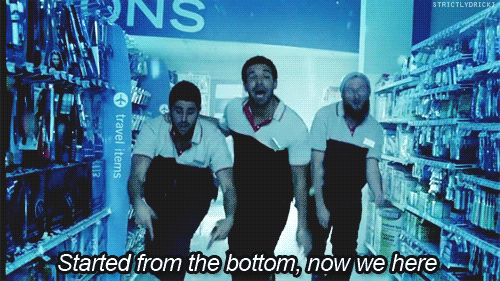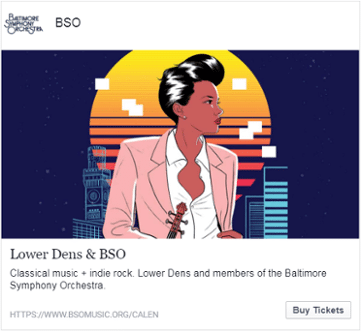Picture yourself sitting at home on the couch surfing the Internet on your laptop, tablet, or smartphone. You come across a headline that sounds interesting so you decide to click on it. What you may or may not have noticed is that it read “Sponsored Content” or “AD” above the title. This, my friends, is a native advertisement.
Standard native ads are made up of a specific group of variables and styles, allowing them to fit seamlessly into whatever webpage they are on. While these variables are pre-defined, the look and feel of the ad is completely controlled by the publisher. The variables are things like a headline, image, body copy, the call to action, or app icons. The style determines how the ad will look when it is served to your prospects.
If you found that a bit confusing, you aren’t alone. The nitty gritty details of native ads can be exhausting. Here are three “L’s” to help you determine if the ad you are seeing is native:
- Location – The ad is placed within content
- Look – The ad looks like regular content
- Likeness – The ad is surrounded by relevant content
The three most common places you will see a native ad is on social media (Facebook’s news feed is innately native content), on a website with the previously mentioned “AD” or “Sponsored Content” disclaimers about the post, or in-feed (a tile on Pinterest that matches what is around). Given the nature of native, there has been a struggle in the past to create a standard way to deliver ads that meet the requirements of so many different types of websites. Each publisher has a different site layout that requires a different sized creative or copy. Supply-Side Platforms have built a means of delivering a somewhat “dynamic” ad unit that can take the shape of the inventory that the ad is being placed on. By dynamic, we are referring to a dynamic adjustment of the images and copy to match the requirements of the site.
Why Native Advertising
Did you know that this year, 58.3% of US digital display ad spending will be for native placements – that’s up from 54.0% in 2017 (eMarketer).
When native ads are used correctly, they can be a powerful tool allowing you to reach your prospects or customers on their favorite websites in a non-invasive way. The ideal digital media mix is about diversifying the types of ads you use to reach prospects in as many meaningful environments as possible. Nielsen and Sharethrough did a study utilizing eye tracking technology to monitor how people visually process mobile ads. Native ads received 2x more visual focus than banner ads, a 9% lift in brand affinity, and an 18% higher lift for in-market purchase intent. This is because when consumers are browsing content, they pay more attention to native ads since they were a part of the content that they were already consuming.
Not only do patrons pay more attention to native ads, but native ad formats also allow advertisers to include more information about the product or service that they are promoting. Native ads have up to a 120 character caption allowing advertisers to convey a much longer message. This is especially effective for organizations who have a product or service that requires a longer consideration period for their products.
6 Native Ad Tips to get you Started
You may be thinking, “Okay, that all sounds great, but how do I get on this native ad train?” Well, here are some tips to help you craft some all-star native ads:
- Include a larger thumbnail to drive a higher CTR and higher video view rates for native video units.
- Having a description for your native video ads is key. This can lead to a higher view-through rate, higher than those placements without a description.
- Having your ad placed closer to the top of the page can often increase engagement.
- Find the most vivid in-feed images and try to make creative that is as eye-catching as those.
- Avoid a gray background color in your ads, and this will increase your CTR by 0.5% (Sharethrough)
- The look of your native ad should be cohesive with the user experience, so keep that in mind when you are designing your creative.
As you can see from these two examples courtesy of Baltimore Symphony Orchestra and Auditorium Theatre, native ads that follow the aforementioned tips make quite an impact. These ads were successful because they varied their messaging throughout their campaign. Instead of the usual “who, what, where, and buy” you typically see with regular display creative, native ads allowed more room for ad copy and lent themselves better to visual storytelling. These native ads had good click-through-rates (CTRs) so it shows us the messaging peaked the interest of patrons.
Creative Examples
Many of our partners are successfully using native ads to drive brand engagement through visual storytelling. Their choice of imagery is perfect for native, as it allows the ads to fit seamlessly into web pages. Let’s take a look at a few examples of our partners’ native ad creatives that we think kicked butt:
Denver Center Theatre Co.
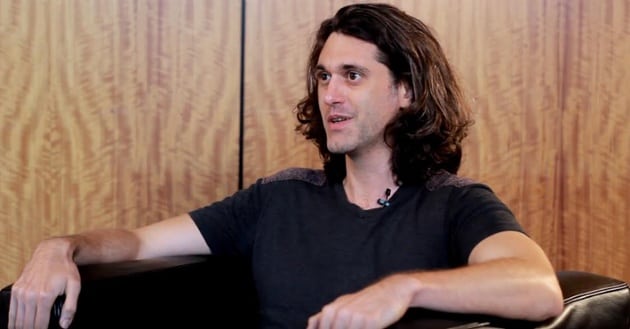
“The native ad that we did for our campaign supporting The Christians is the one I’m proudest of because despite being a challenging show, it outperformed a lot of our other ads because we were able to use behind-the-scenes content with the playwright so it truly felt ‘native.’” – Cheyenne Michaels, Marketing coordinator at The Denver Center
The Tech Museum of Innovation
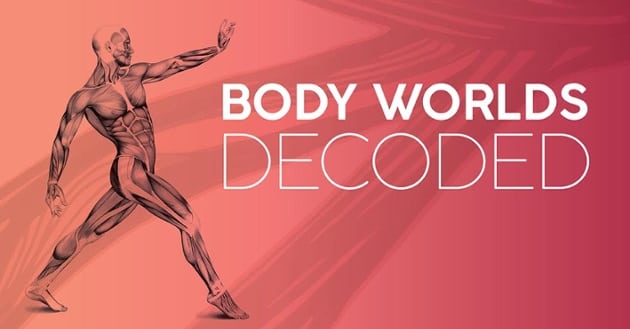
This ad showcases one of their current exhibits, Body Worlds Decoded, with bright colors that really pop.
Monterey Jazz Festival 2017
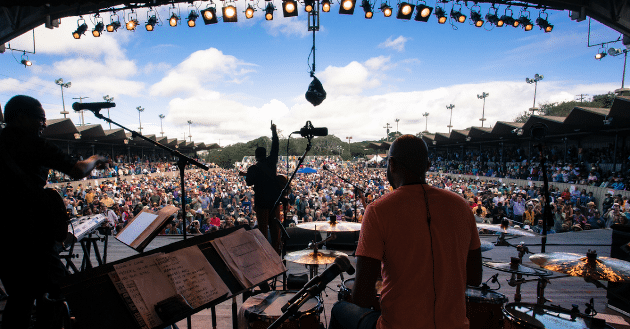
This ad gives viewers a backstage pass to the festival.
Chicago Opera Theater
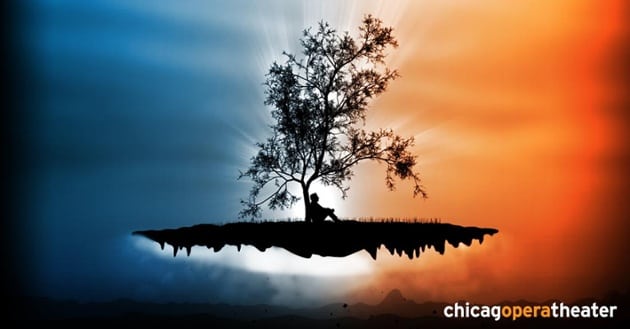
This ad promoting their 2017 Invention of More! campaign uses bold, contrasting colors to capture patrons’ attention.
The Future of U.S. Native Advertising (ft. Drake)
In mid-April, eMarketer released an updated forecast for the future of U.S. native advertising ad spend, and it appears that native ads have a pretty bright future. Like we mentioned earlier, 58.3% of US digital display ad spending this year will be for native placements! Marketers will allocate $32.90 billion to native digital ads. That number is expected to grow to 61.4% next year, reaching $41.14 billion. With native ad spend only at $16.73 billion in 2016, it appears that native ads started from the bottom, now they’re here.
